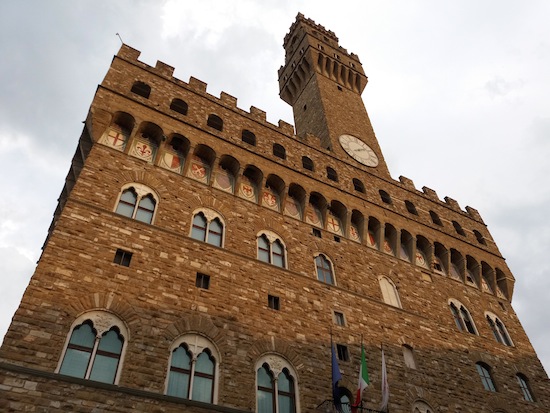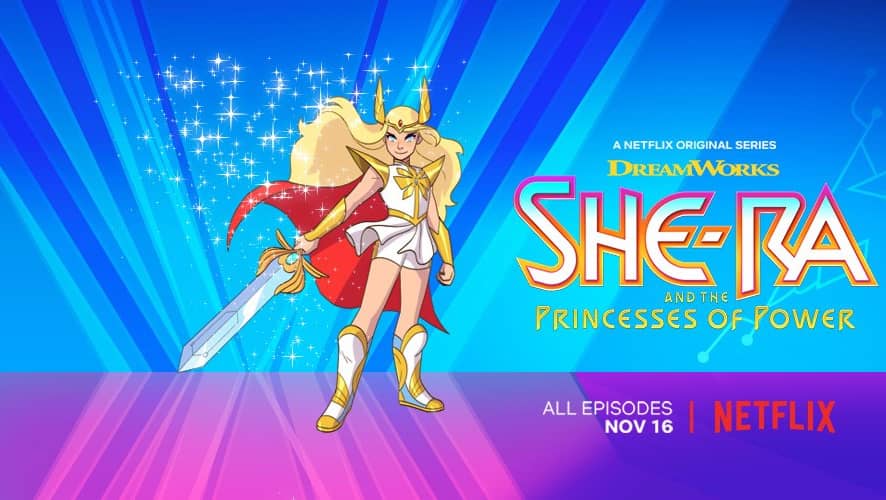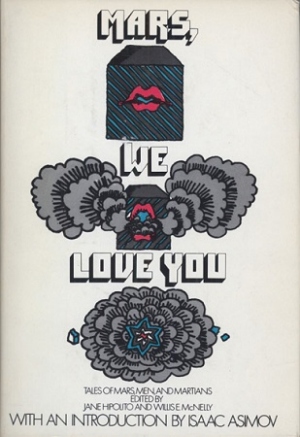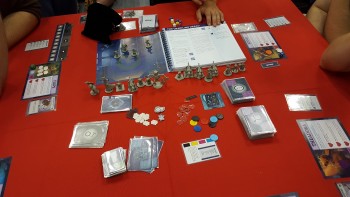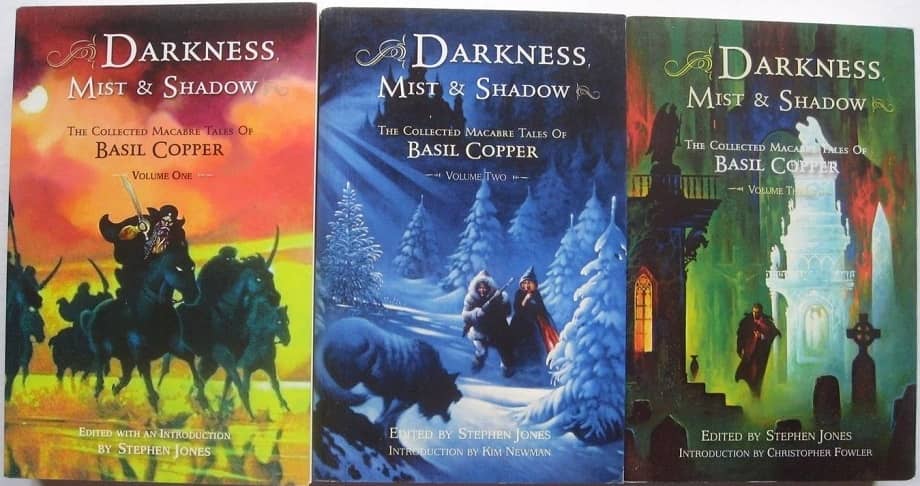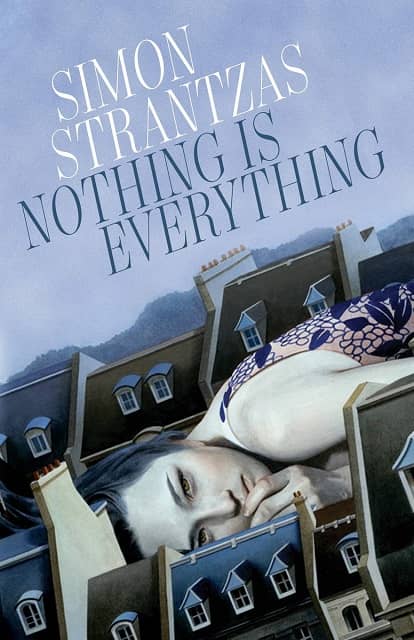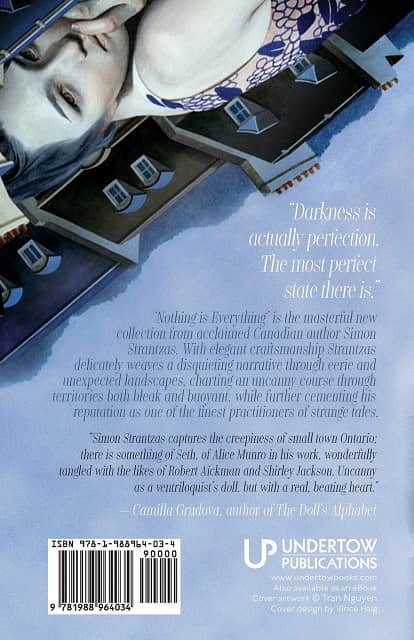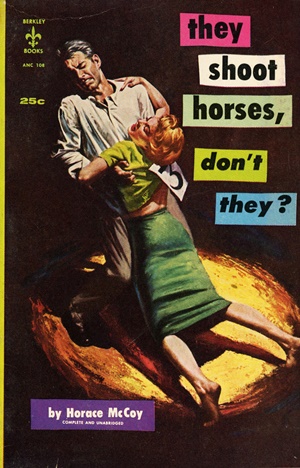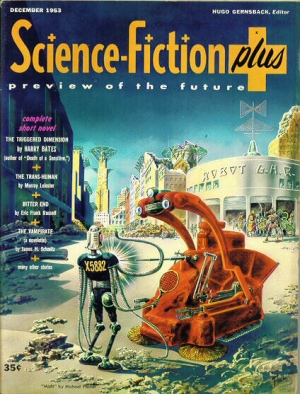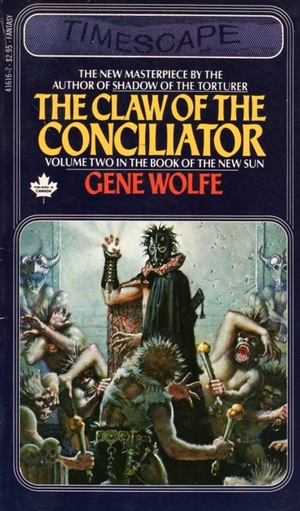 Having set out to discuss The Claw of the Concilator (1981), the second entry in Gene Wolfe’s Book of the New Sun, I’m completely unsure of what to write. Oh, I can tell you what happened, even how some things happened, but I’m not sure I can tell you why a lot of things happened. It’s probably due to a lack of context as two books remain in the series, but I’m not totally sure about that. Much of the story is conveyed via weird encounters, dreams, memories, fables, and even the text of a play. It’s challenging to piece the parts together to form a linear narrative, let alone anticipate the tale’s direction, which remains nearly as mysterious at the conclusion as at the start.
Having set out to discuss The Claw of the Concilator (1981), the second entry in Gene Wolfe’s Book of the New Sun, I’m completely unsure of what to write. Oh, I can tell you what happened, even how some things happened, but I’m not sure I can tell you why a lot of things happened. It’s probably due to a lack of context as two books remain in the series, but I’m not totally sure about that. Much of the story is conveyed via weird encounters, dreams, memories, fables, and even the text of a play. It’s challenging to piece the parts together to form a linear narrative, let alone anticipate the tale’s direction, which remains nearly as mysterious at the conclusion as at the start.
At the end of the previous book, The Shadow of the Torturer, Severian and his companions were caught in a violent outburst among the crowd of people at the great gate exiting the city Nessus. Severian is now accompanied by Jonas, a man with “a jointed contrivance of steel” for a right hand. The others he traveled with, Dr. Talos, Baldanders, Jolenta, and Dorcas, were lost to him in the chaos. While intent on reaching Thrax to take up his assignment as the town’s executioner, Severian and Jonas still hope to find the others. Severian makes his way serving as itinerant headsman and torturer in several towns along the road. It is in the mining town of Saltus (its mine is the buried ruins of an ancient city) that we find Severian and Jonas as Claw opens.
After he carries out a pair of executions, Severian is lured into danger by Agia. Previously she had colluded in setting him up to be killed and robbed, resulting in her own brother’s execution. She had also stolen the powerful artifact, the Claw of the Conciliator, and hidden it on Severian. Having discovered it, he has begun to realize it can emit a powerful light, heal wounds, and even raise the dead. With it, he is able to survive and overcome the trap set for him.
Unfortunately it can’t keep him from falling into the hands of the rebel leader, Vodalus. This encounter leads to Severian and Jonas signing on with the rebels and being sent to the House Absolute, the secret palace of the Autarch. There he must deliver a message to another agent of the uprising. They will also find their friends there who have been hired to put on a play. Along the way things get extra weird.
By book’s end, Severian has still not reached Thrax. He has, though, explored the House Absolute, one of the coolest works of fantastical architecture. It is covered with lawns and gardens to keep it from be spied from the sky. Miles and miles of tunnels lie below it, some, perhaps, even reaching all the way back to Nessus. Even more mysterious than the secret passages and rooms that seem de rigueur for any self-respecting palace, is the Second House. Instead of just adding more hidden chambers, the Autarch’s mysterious aide, Father Inrie, added an entire new house within the very structure of the House Absolute.
…
Read More Read More
